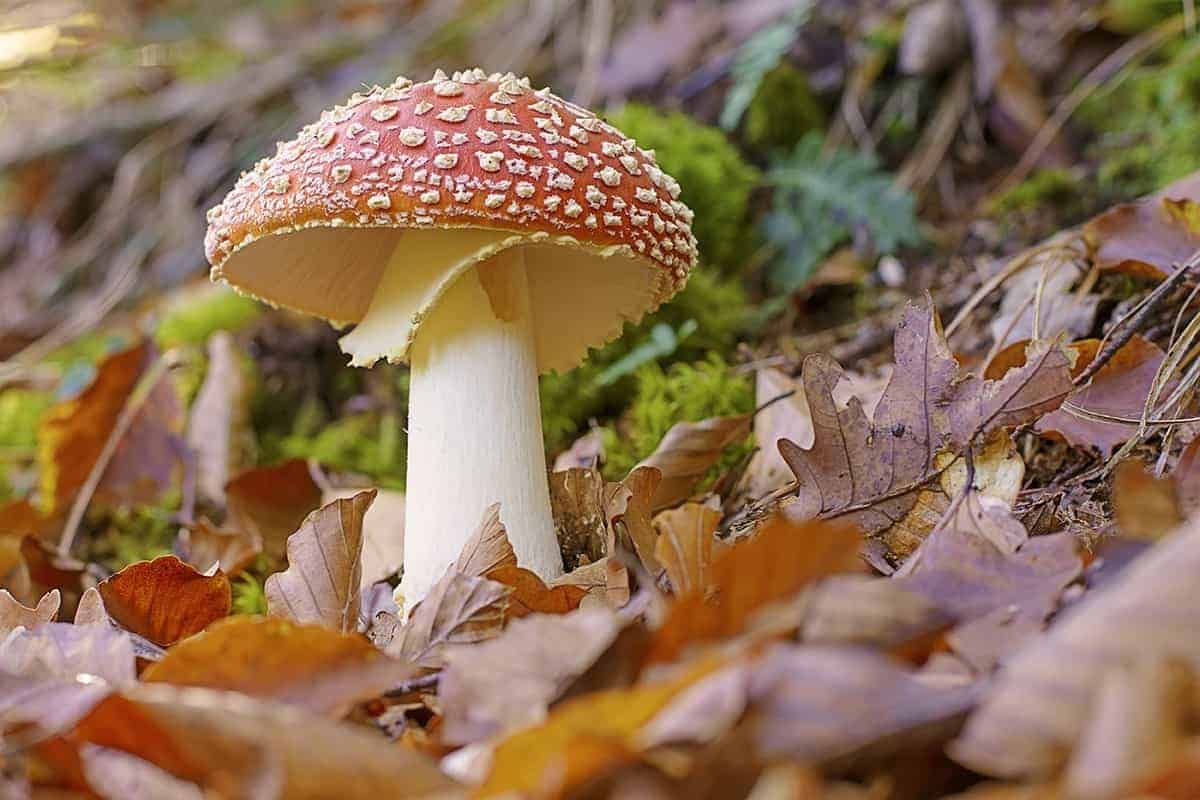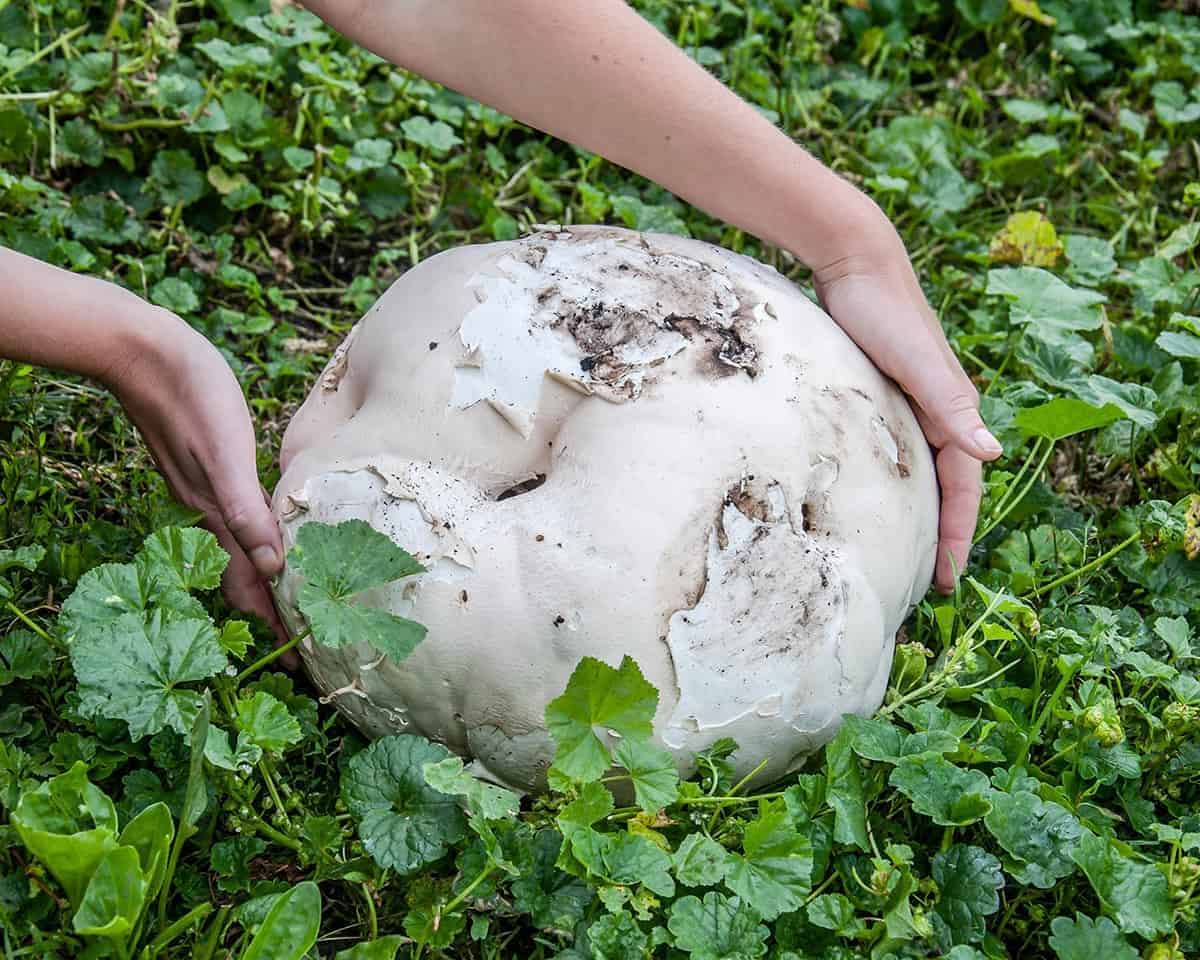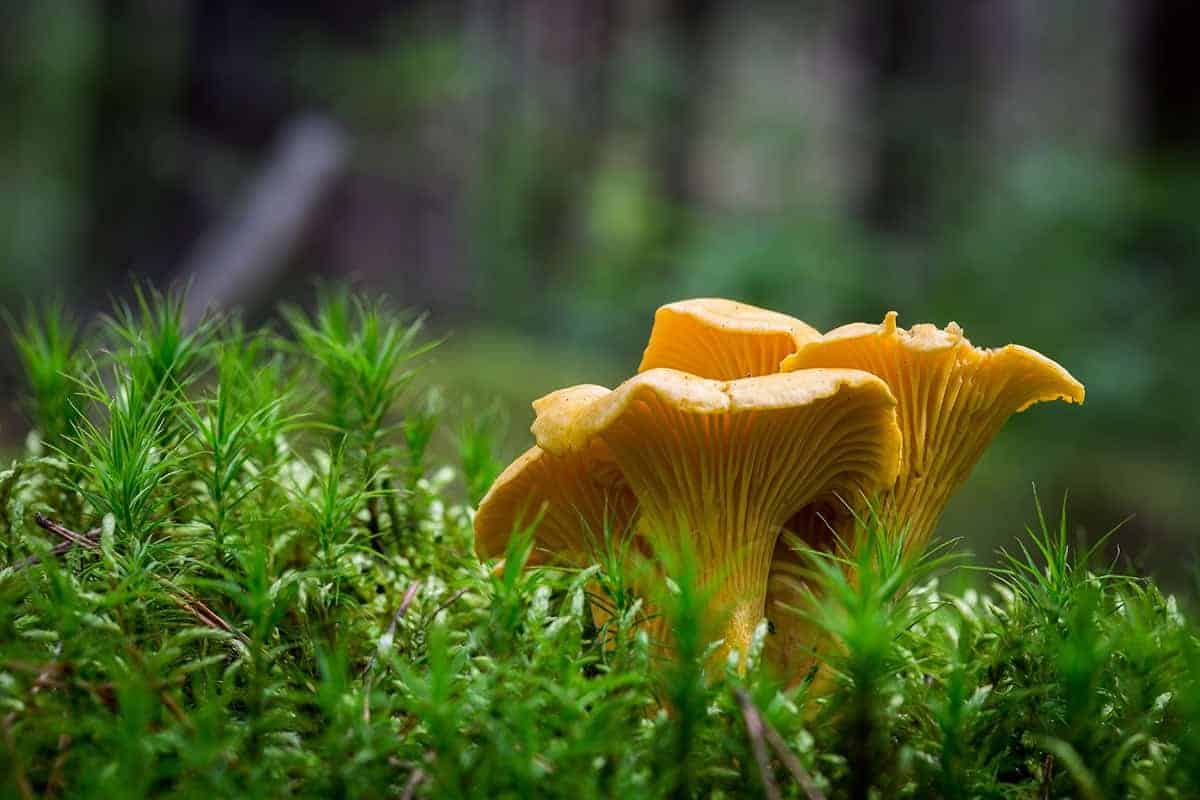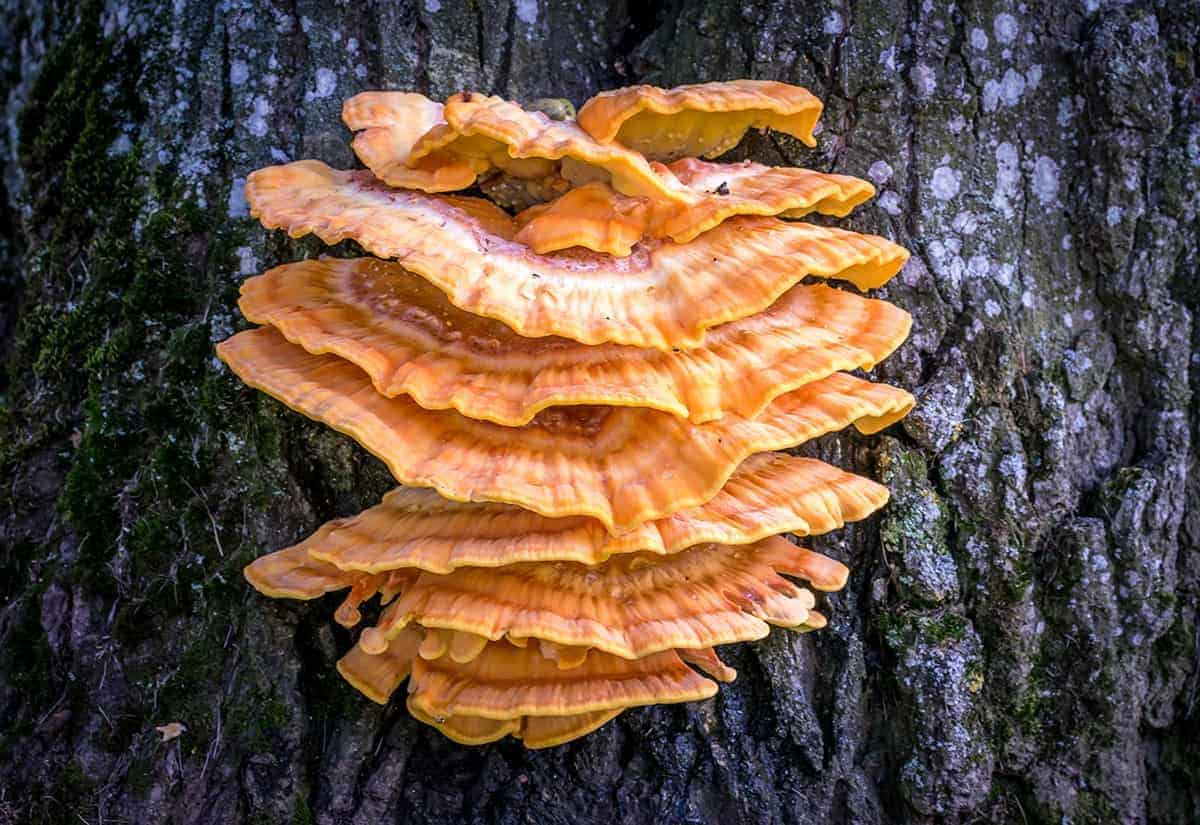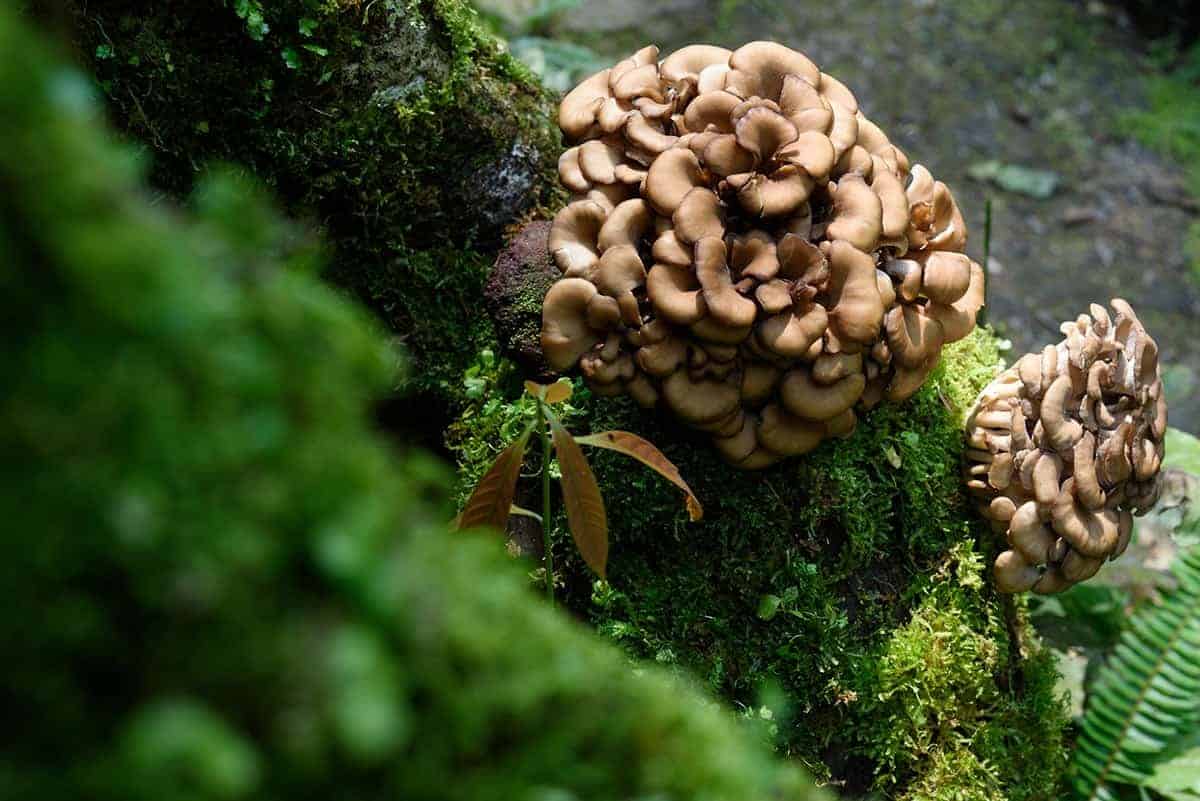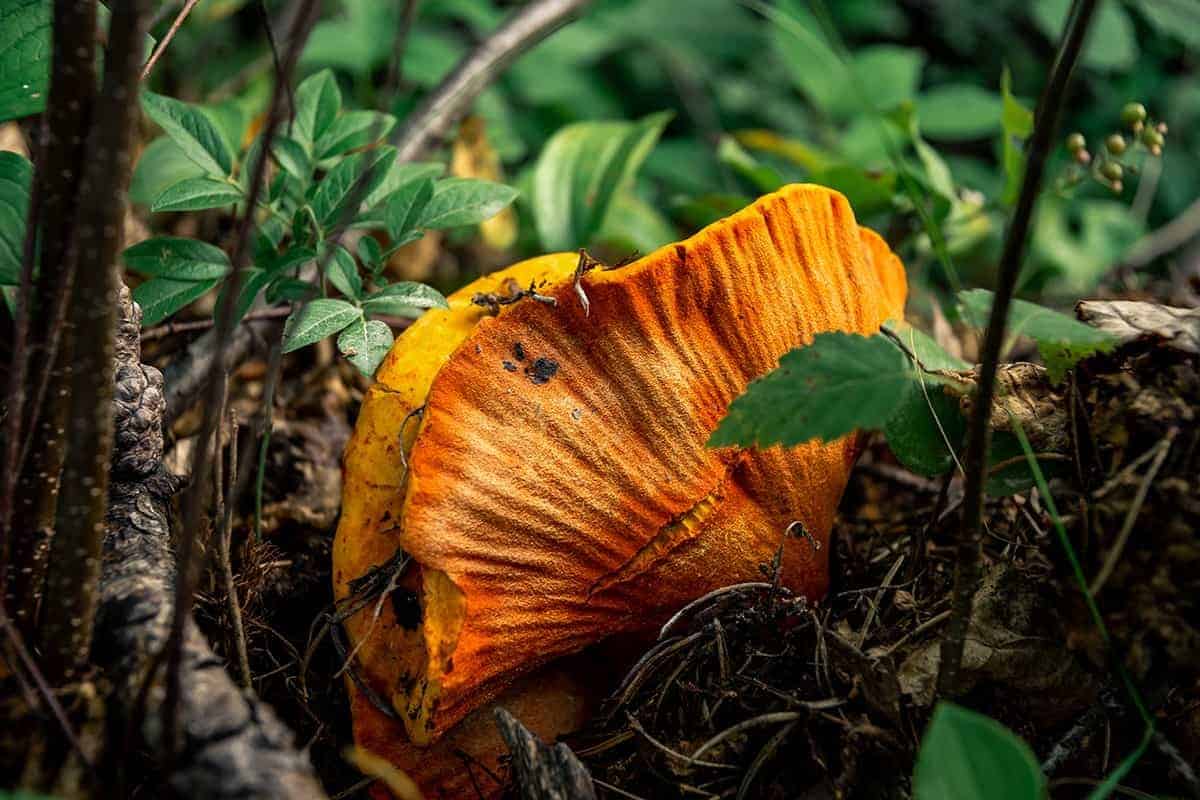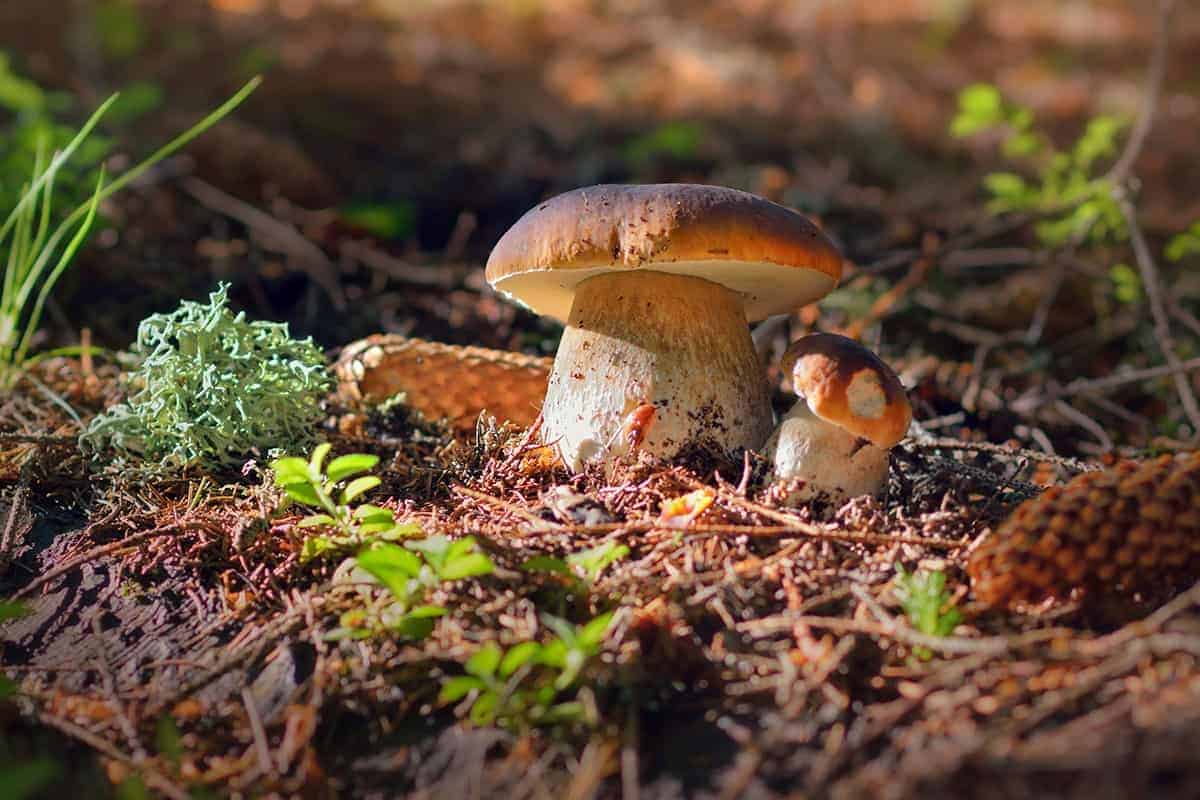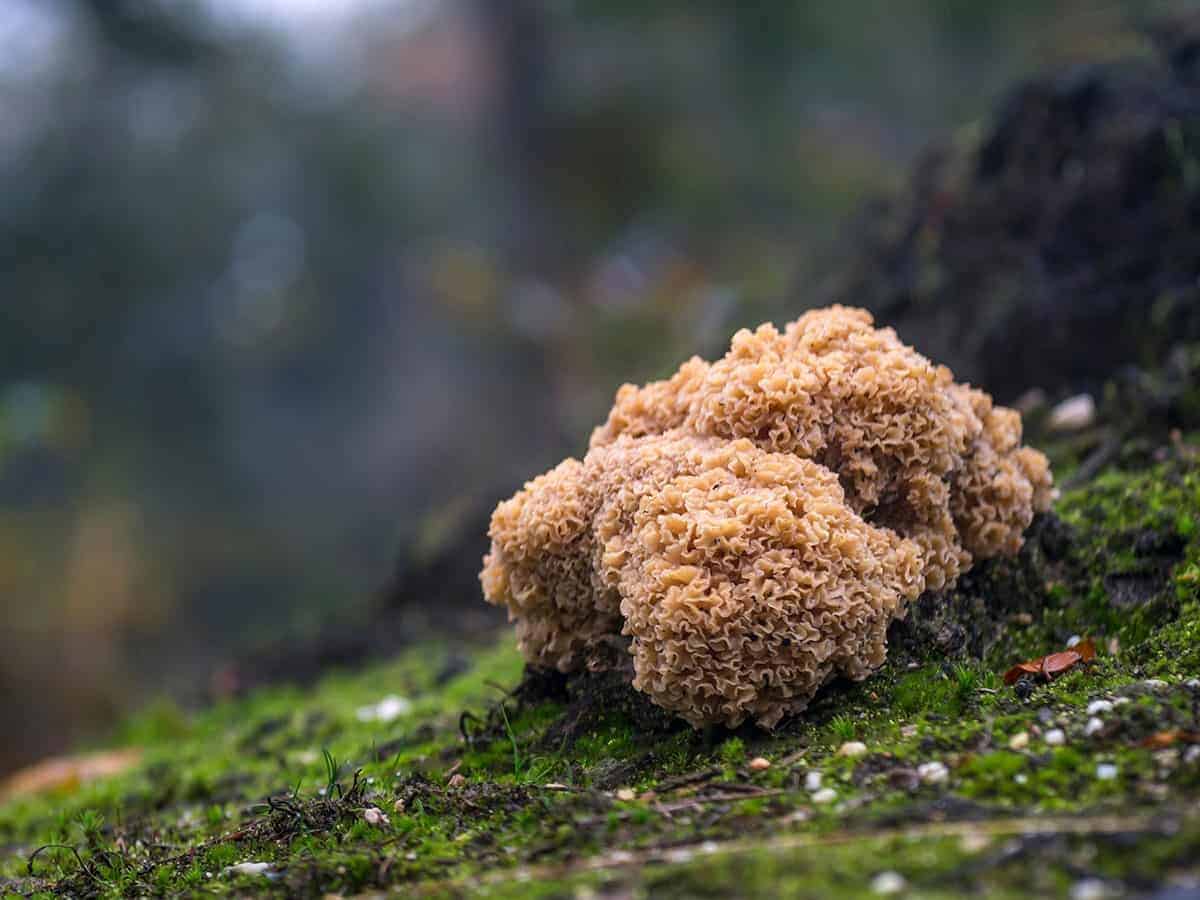Discover the thrill of mushroom foraging, a hobby that can not only satisfy your culinary cravings but also generate income. The allure lies not only in the delectable flavors but also in the lucrative market prices. Additionally, by supplementing your diet with fresh and free veggies, you’ll reap nutritional benefits. However, it’s essential to approach this adventure with caution, as misidentification of wild-grown mushrooms can have fatal consequences.
To ensure a safe and enjoyable experience, learning which varieties are edible is paramount. In this comprehensive guide, we’ll provide the necessary knowledge to get started with mushroom foraging in a clear and accessible manner.
7 Essential Tips for Mushroom Foraging
Before embarking on your wild mushroom hunting adventure, it’s crucial to keep a few essential guidelines in mind. While the excitement of discovery is palpable, neglecting these simple yet vital tips can lead to disappointment or even safety issues. Take a deep breath and let’s get started!
Use Apps & Books
When venturing out to forage for wild mushrooms, it’s essential to have reliable resources at your disposal. While technology can be a valuable aid, there are also numerous apps available that can help identify safe-to-eat species and warn you away from potentially toxic ones. For instance, the Wild Edibles app is a great tool to have in your mushroom-hunting arsenal.
If, however, you prefer a more hands-on approach, collecting a few trusted field guides and bringing them along on your foraging excursions can be just as effective.
Cut – Don’t Pull
When harvesting wild mushrooms, it’s essential to cut them rather than yanking out their roots. This simple approach allows the mushroom to regrow in future seasons, whereas pulling out the roots can permanently damage or kill the fungus. By cutting the mushrooms at the base of their stems, you’ll encourage them to return year after year, making the most of your foraging efforts.
Take Only What You Need
When venturing into sustainable mushroom foraging, it’s crucial to practice responsible harvesting. This means being mindful of your intake and only collecting what you intend to consume. While some mushrooms can be preserved or dried for later use, it’s essential to strike a balance between taking what you need and respecting the natural replenishment process.
To achieve this harmony, aim to collect only a small handful of mushrooms at a time, allowing the remaining mycelium to regrow and thrive. By adopting this approach, you’ll not only ensure a sustainable supply for future foraging trips but also contribute to the overall health and diversity of the ecosystem.
Take Pictures and Ask Questions
Leverage online communities dedicated to mushroom foraging by joining groups on social media platforms that allow users to share images for identification purposes. When encountering an unfamiliar mushroom species, take a clear and well-lit photograph with your smartphone, if you’re hesitant to collect it or unsure about its edibility.
By tapping into the collective expertise of more seasoned foragers, you’ll not only gain valuable insights but also enhance your overall mushroom hunting experience.
Forage After a Heavy Rain
When venturing into the woods, timing is everything when it comes to finding mushrooms. The ideal scenario is to arrive shortly after a substantial rainfall event. This is because mushrooms thrive in environments characterized by high humidity and moisture levels. In fact, they tend to grow at an exponential rate following heavy rains, particularly if there was a preceding dry spell. The perfect storm of conditions, so to speak, allows these fungi to flourish and become more abundant.
Know the Most Common Places to Find Mushrooms
When it comes to foraging for wild mushrooms, the biggest challenge is actually finding them. However, each species has its own set of preferences when it comes to where they grow. By understanding these requirements, you can increase your chances of stumbling upon a bounty of ‘shrooms. Start by searching near downed logs or stumps, as some varieties thrive in decaying matter. The area around tree trunks and roots is also worth exploring, as certain species prefer these spots.
If you’re lucky enough to stumble upon a recently burned forest or field, you’ve hit the jackpot – many mushrooms are drawn to these areas like bees to honey. Loamy soil, which is a mix of sand, clay, and organic matter, is another hotspot for mushroom enthusiasts. And finally, don’t overlook the banks of streams and creeks, where high moisture content creates an ideal environment for many species to flourish.
Get to Know the Dangerous Mushrooms
When developing your fungi identification skills, it’s crucial to strike a balance between recognizing the palatable varieties and being able to distinguish the toxic ones. A keen eye for the latter is especially vital, as familiarizing yourself with the appearance of deadly species like the death cap mushroom will forever eliminate any confusion about what constitutes a safe or unsafe find.
Edible Mushrooms You Can Forage
While estimates suggest there are over 10,000 fungal species yielding mushrooms, only approximately 30 varieties are considered safe for consumption. This underscores the significance of differentiating between edibles and non-edibles. With this in mind, here’s a look at some of the most prevalent edible mushroom types suitable for foraging:
Puffball Mushrooms
Puffballs are a straightforward group of mushrooms to identify, boasting a soft and spongy texture reminiscent of marshmallows. The giant puffball variety can reach impressive sizes, measuring between four and 12 inches or more, making them easily distinguishable in woodland settings. Visually, most puffballs are characterized by their white or off-white coloration and rounded shape, devoid of visible stems or gills.
Before consuming, it’s essential to inspect the mushroom carefully by cutting it in half lengthwise, ensuring the flesh is consistently uniform and free from internal structures. Provided these criteria are met, puffballs can be considered edible and offer an earthy flavor profile, making them a versatile addition to various culinary applications.
To maximize your foraging success, it’s recommended to research the different types of puffball mushrooms and consult with fellow mushroom enthusiasts about which varieties are most commonly found in your area, as there are dozens of species to explore – some safe for consumption, others not.
Chanterelles Mushrooms
Chanterelles are a highly sought-after variety of mushroom, boasting a vibrant color palette that ranges from pale orange-yellow to radiant gold. Their striking hues make them an easy find for beginners, especially when compared to their poisonous doppelgangers. A key identifying feature is the presence of false gills, which are not easily separable from the rest of the mushroom’s surface. Additionally, chanterelles emit a distinctive apricot-like aroma.
These prized mushrooms have a peculiar affinity for growing beneath oak trees during the fall leaf litter period. However, it’s essential to note that if you encounter a chanterelle sprouting from fallen wood, it’s not the real deal. They tend to cluster together, so if you stumble upon one, be sure to continue searching for more.
One telltale sign of a false chanterelle is the presence of true gills rather than the characteristic false gills found on genuine chanterelles.
Oyster Mushrooms
When starting to forage for wild mushrooms, another variety that’s perfect for beginners is the oyster mushroom (Pleurotus ostreatus). These fungi tend to grow on wood, such as decaying logs or tree trunks, and can be identified by their pure white gills and short, off-center stem. What’s more, they often display a characteristic growing pattern – clustering in groups on dead or dying trees.
With a longer growing season than many other varieties, oyster mushrooms can be found throughout the year, depending on your location, in the fall, spring, and winter.
Chicken of the Woods
When embarking on a mushroom foraging adventure, many enthusiasts are eager to stumble upon Laetiporus spp., commonly referred to as chicken of the woods or sulfur shelf. The unique appearance of these fungi, which resemble a stack of orange-red shelves, is often accompanied by an intriguing flavor profile reminiscent of chicken. As one might expect from this peculiar name, the taste experience is indeed akin to savoring a mouthwatering chicken dish.
A key characteristic that facilitates discovery of chicken of the woods is its tendency to grow in densely layered formations on tree trunks. The vibrant coloration and notable absence of gills also serve as distinguishing features. Moreover, these fungi tend to congregate in clusters, increasing the likelihood of finding multiple specimens in a single area.
Maitake Mushrooms
Grifola frondosa, commonly referred to as Maitake mushrooms, hen of the woods or ram’s head mushroom, is a highly sought-after foraged variety. Its origins date back to China, where it’s believed to possess medicinal properties. Foragers are known to guard their discovery spots closely, as these mushrooms tend to reappear in the same location each year.
Characterized by overlapping, lacy fronds and a firm texture, Maitake mushrooms are easily identifiable due to their large size and brownish-black color.
Lobster Mushrooms
Lobster mushrooms, scientifically classified as Hypomyces lactifluorum, are not true fungi in the classical sense. Rather, they’re parasitic organisms that prey on other mushrooms, assimilating their host’s characteristics. This unique relationship results in a diverse range of shapes, each mirroring the mushroom it has colonized.
Despite their varied appearances, lobster mushrooms can be reliably identified through their distinctive coloring.
Characterized by a vibrant red exterior and an interior as white as snow, they bear a striking resemblance to the crustacean that shares their name.
Porcini Mushrooms
Porcini mushrooms (Boletus edulis) are a coveted find among chefs due to their distinctive earthy flavor and versatility in culinary applications. However, these prized fungi are notoriously challenging to identify and cultivate. Visual identification is key, with their dark brown to reddish sticky caps and stout stems, typically found growing on the forest floor amidst hardwood trees.
The rarity of these mushrooms means they command a premium price when found, often sold dried in stores due to the difficulties in cultivating them.
Lion’s Mane Mushrooms
The lion’s mane mushroom (Hericium erinaceus) is undoubtedly one of the most peculiar species in the fungal kingdom. Instead of the typical cap-and-stem arrangement, this enigmatic fungus features tooth-like spikes that cascade down logs, stumps, and other surfaces like a miniature waterfall. Nicknamed pom-pom mushrooms due to their resemblance to cheerleader props, lion’s mane specimens are instantly recognizable.
What sets foraging for these mushrooms apart is the absence of lookalikes; all forms are edible, making them a prized find for adventurous mycophiles.
Pheasant Back
Pheasant back fungus (Cerioporus squamosus) is a common bracket species found in the Midwest, thriving from spring to early winter. With its distinctive appearance and absence of poisonous lookalikes, it’s an ideal choice for mushroom foraging beginners. One of the most distinguishing features of pheasant back mushrooms is their habitat – they always grow on wood, typically hardwoods. The caps are characterized by brown, feathery scales, while the underside boasts a porous, off-white surface.
Notably, these mushrooms lack gills and exhibit a hard base with a black outer layer, particularly in older specimens. When cut open, pheasant back fungi release a unique aroma reminiscent of watermelon rind, making them easily identifiable. For optimal culinary results, harvest young mushrooms that are no larger than the palm of your hand. Older specimens may require trimming to remove harder edges.
Shrimp of the Woods
When it comes to adding variety to your dinner plate, the Entoloma abortivum mushroom, also known as Shrimp of the Woods, is an excellent choice. These fungi grow in fleshy, fuzzy clusters under rotten wood and along dead roots in deciduous forests during the fall season. The key to foraging Shrimp of the Woods is to be prepared for a thorough cleaning process, as they often arrive at your table with a dusty coat.
A little dirt won’t cause harm, but it’s essential to remove any debris to fully appreciate their unique flavor and texture. One of the best aspects of these mushrooms is that they’re easy to identify, making them an excellent option for beginners. When cooked, Shrimp of the Woods exhibit a mild flavor profile with a seafood-like texture.
Cauliflower Mushroom
Sparassis spathulata, also known as American bird’s nest mushroom, and its European counterpart Sparassis americana, may be rare to come across, but they’re surprisingly straightforward to recognize, with no poisonous doppelgangers to confuse you. These parasitic fungi typically sprout at the base of decaying or dead trees, where they feed on the tree’s nutrients. The young mushrooms typically measure around six inches in diameter, although some have been known to grow up to 18 inches.
When mature, their appearance is reminiscent of a giant cauliflower head or a brain-like structure. A more vivid description I’ve heard likens them to an enormous pile of egg noodles gathered on the forest floor. Unlike other mushrooms, these don’t feature gills or teeth; instead, they have smooth, folded ribs that run along their length. To harvest them effectively, cut them at ground level, taking care not to disturb the roots.
These fungi are known to return year after year, so it’s essential to mark the location for future foraging expeditions. Post-harvest processing requires a thorough rinsing to remove dirt from the intricate folds. When cooked, Sparassis spathulata and americana boast a nutty, earthy flavor profile with pronounced umami notes, accompanied by a firm yet chewy texture.
A Warning
While foraging for wild mushrooms can be a thrilling adventure, it’s crucial to prioritize caution and expertise above all else. Before taking a bite, ensure you’ve positively identified the mushroom through reliable online resources or consultations with local extension offices and experts. The stakes are high – eating the wrong mushroom can have fatal consequences – making expert validation an absolute must.
This guide aims to serve as a starting point for your wild mushroom foraging journey, but it’s essential to remember that it should only be used as a foundation, not a substitute, for the guidance of a qualified expert.
